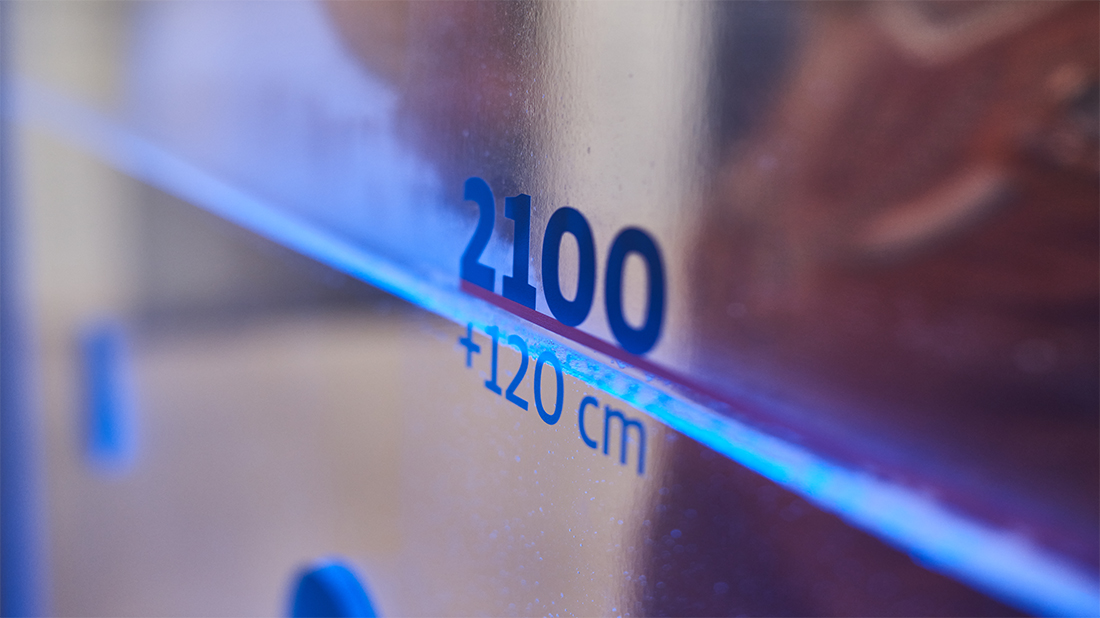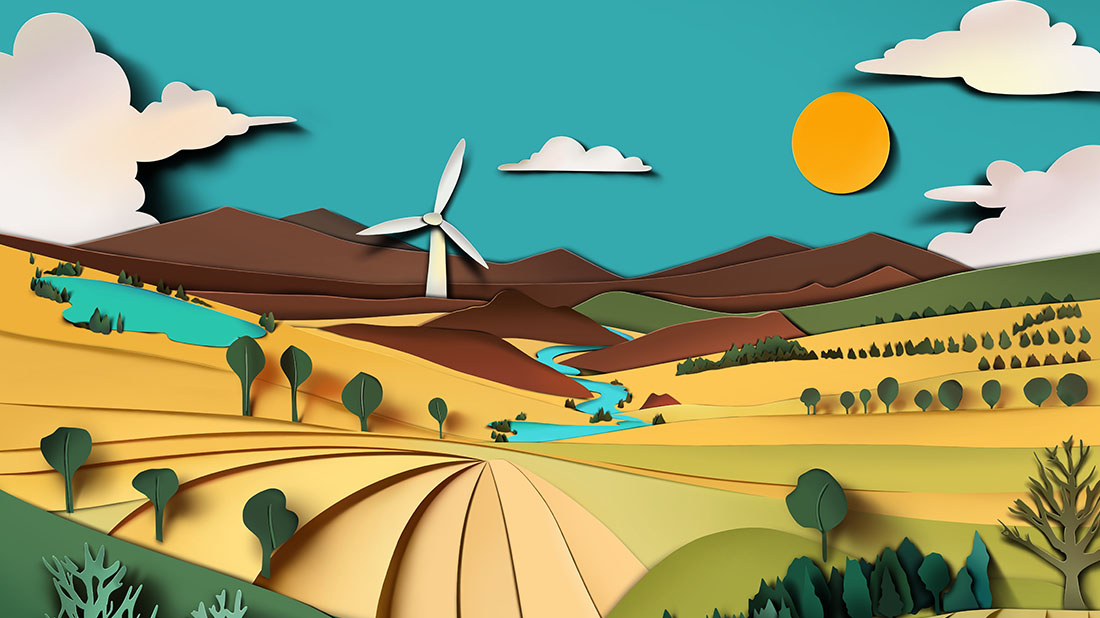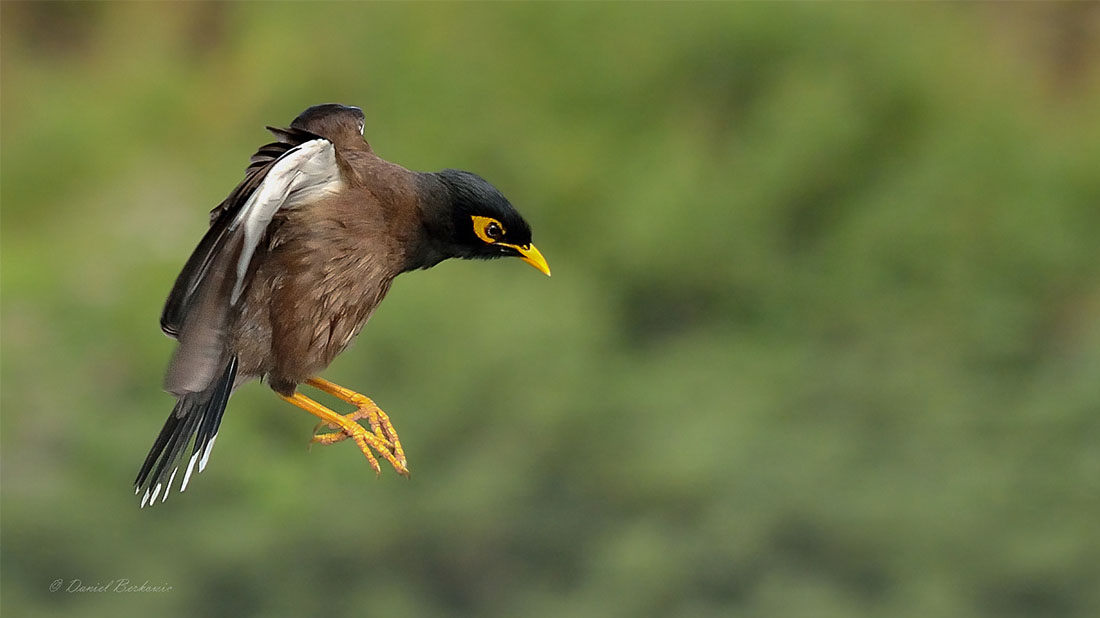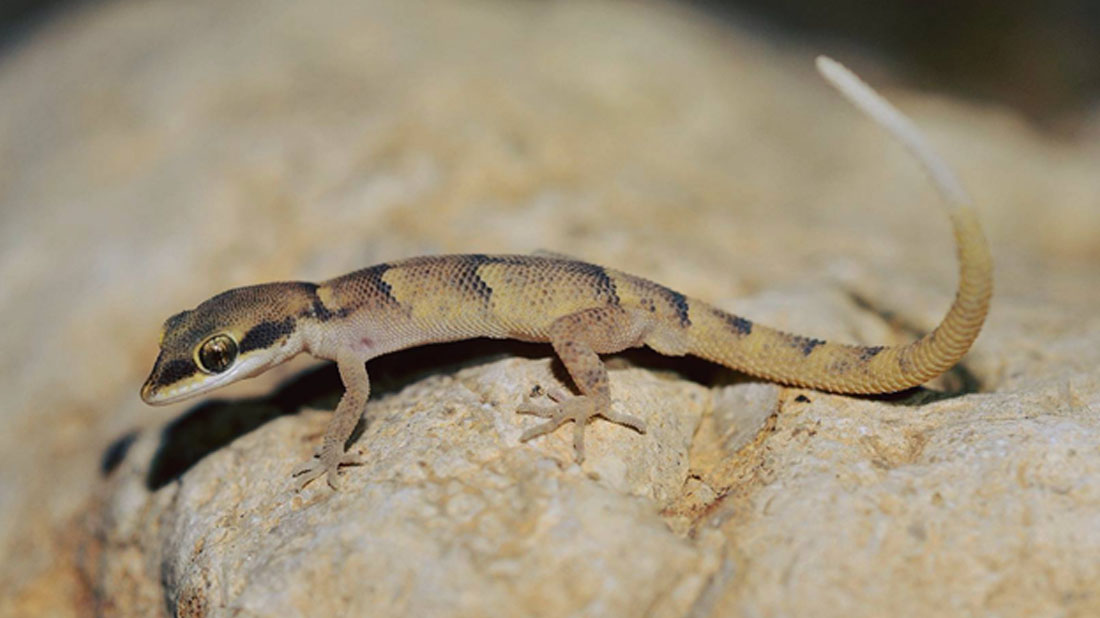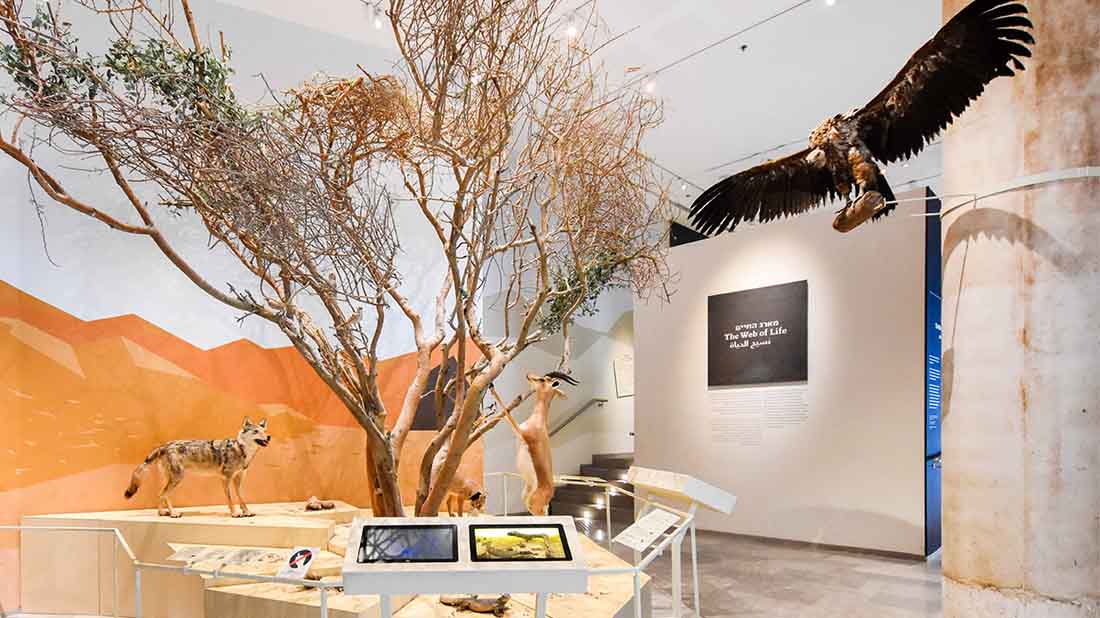One of the problems with the climate crisis is self-amplifying phenomena. Global warming causes changes, which in turn strengthen the warming, and so on. We can’t turn back the clock; our role is to stop it, or at least slow down the processes driving it. The first step is to study it and find out what is happening and why.
The foreign minister of Tuvalu, an island country in the Pacific Ocean, spoke before participants at the Glasgow Convention while standing in the ocean, in order to demonstrate the danger of rising sea levels. But why is the sea level actually rising? What happens when the glaciers melt? Why does ocean warming matter? And how is all this connected to a cold coke?
What happens when the ice melts?
Imagine a glass of coke with ice cubes. When the ice warms and turns to liquid the water level in the glass barely changes, since the volume of additional water replaces the volume taken up by the ice. The same is true for icebergs: when they warm and turn to liquid, the sea level barely changes (the change is negligible and stems from differences in density between freshwater and saltwater).
So what is the problem? Ice also occurs on land, in the form of glaciers. About 10% of the earth’s land surface is covered by ice, mostly in Greenland and Antarctica. In contrast to icebergs, melting glaciers and the water flowing from them to the oceans does cause a rise in sea level (since this water was not previously in the ocean).
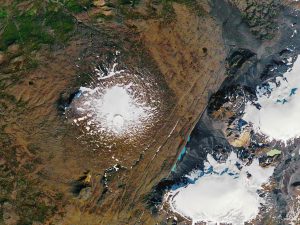
OK glacier in Iceland melting
What happens when sea water becomes warmer?
Not only are melting glaciers causing a rise in sea level; ocean warming also causes the sea level to rise. Like any substance, when the ocean warms it expands and takes up a greater volume. A significant contributor to rising sea levels is the resulting expansion of the water due to its warming. In addition, ocean warming also leads to a decrease in the amount of carbon dioxide dissolved in the ocean, and its release into the atmosphere. How does this happen?
We’ll continue the example of the cold coke. You know how cold coke has more gas, but if it warms up and we open the bottle, all the gases are released and it doesn’t taste so good? This happens because a cold liquid can “contain” more gas, or more correctly – the solubility of the gases, including carbon dioxide, in cold water, is higher. Now let’s go back to the oceans. Currently, about 30% of the carbon dioxide released due to human activity dissolves in the oceans. If the oceans warm, less carbon dioxide will dissolve in them. Thus, they will contribute less to removal of the extra carbon produced by human activity. The excess gas will accumulate in the atmosphere, leading to greater warming, and so on.
But the effect of climate warming on glaciers, oceans and the atmosphere doesn’t stop here. There is another snowball effect (no pun intended…), resulting from the color of the ice.
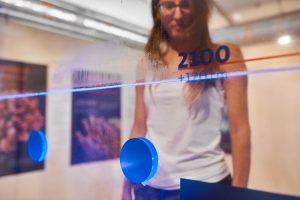
Demonstration of rising sea levels, presented in the exhibition “Global Warning: The Climate, the Crisis and Us”
How does the disappearing white landscape affect us?
Have you ever wondered why most of the cars in hot Israel are white? Or why we get more tanned in the snow? The answer is related to the absorption and reflectance of solar radiation. Light surfaces reflect most of the radiation and absorb only a small proportion of it. Therefore, light surfaces heat up less than dark surfaces, which absorb more radiation. Thus, a white vehicle heats up less than a dark vehicle, and we get a tan in the snow due to the radiation reflecting off it. The same is true for the white glaciers: they reflect most of the solar radiation and heat up less than the soil or the ocean, which are darker. Melting glaciers increase the earth’s dark surface area and accelerate the rate of warming. Here also, a circular reaction is created: temperatures rise, the glaciers melt, there’s more dark surface area, which absorbs a greater proportion of the solar radiation, more warming occurs, and so on.
The display “On Thin Ice” in the exhibition, “Global Warning: The Climate, the Crisis and Us”, demonstrates the differences in warming on different-colored surfaces: the white ice compared to the dark ocean.

Comparing the temperatures on the dark ocean surface and the light ice surface, displayed in the exhibition, “Global Warning: The Climate, the Crisis and Us”
And what’s happening at the poles?
We’ve spoken about icebergs and glaciers; let’s end with the permafrost. These are regions in which the soil surface remains below zero degrees for at least two years. About 25% of the northern hemisphere is permafrost. The soil in these regions contains huge reserves of organic carbon and methane, more than twice the amount of carbon in the entire atmosphere. When the permafrost thaws, the reserves of carbon dioxide and methane trapped inside it are released. Release of these gases, which are greenhouse gases, leads to acceleration of global warming. As in the previous examples, there is a strengthening circular reaction. Global warming leads to thawing of the permafrost, which leads to release of greenhouse gases and further warming.
The climate crisis is already here; it’s a given fact. The question is what do we do now? The examples we’ve presented here demonstrate the need to be proactive. If we don’t do anything, the crisis will worsen, since these processes feed themselves. In this case, we increase the risk of passing the points of no return, after which it will not be possible to turn back the clock for thousands of years. The actions taken by humans in the near future, particularly those preventing greenhouse gas emissions, determine what will be in the future. Let’s be part of the change.


